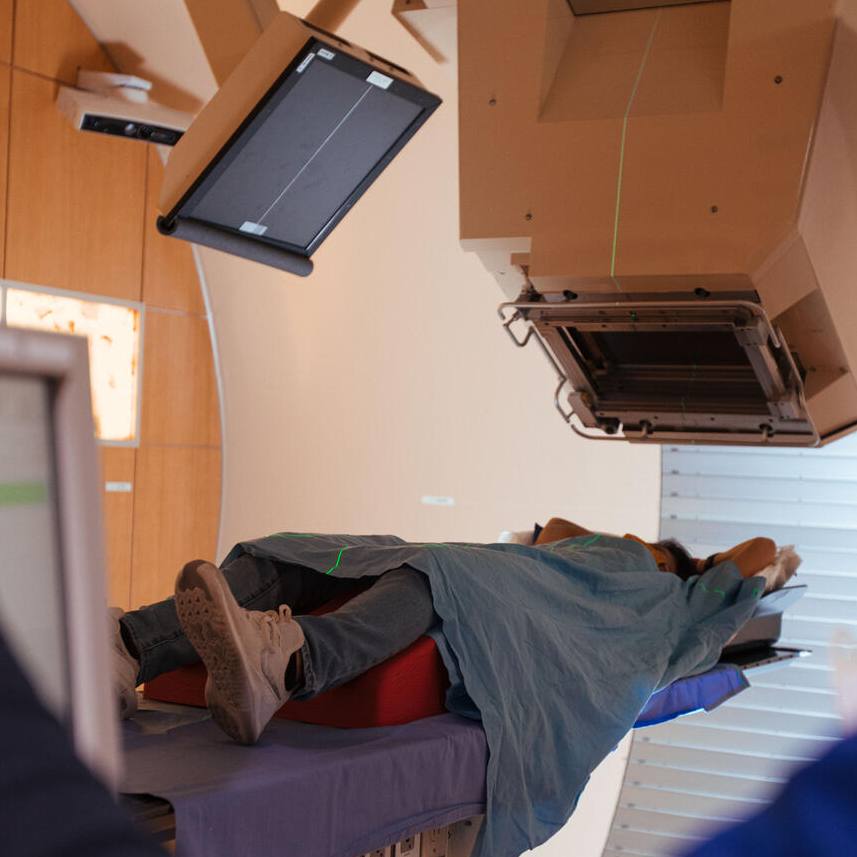-

Autoimmune cerebellar ataxia: Study finds treatment promises for a disease previously considered hopeless
ROCHESTER, Minn. — While autoimmune cerebellar ataxia (a loss of muscle control coordination) can lead to severe disability with some patients becoming wheelchair-bound, there are factors that may help predict better immunotherapy response, according to the Mayo Clinic study published by JAMA Neurology.
Autoimmune cerebellar ataxia in adults, which usually comes on rapidly and progresses quickly, can be divided into disorders that are paraneoplastic (triggered by cancer in the body) or nonparaneoplastic (autoimmune disorders of the central nervous system unrelated to cancer). The disabling neurological effects, which can include speech, eye movement and balance, can cause unsteady walk and difficulties when swallowing. Little has been published regarding treatment responses and neurologic outcomes among patients with autoimmune cerebellar ataxia. However, at least 17 autoantibodies have been reported as causally linked to autoimmune cerebellar ataxia.
“Historically, we found cerebellar ataxia to be a hopeless disease,” says Andrew McKeon, M.B., B.Ch., M.D., a neurologist on Mayo Clinic’s Rochester campus and lead author of the study. “Although usually severe, treatment responses can be gratifying, particularly in patients with nonparaneoplastic disorders.”
Journalists: Sound bites with Dr. McKeon are available in the downloads.
MEDIA CONTACT: Duska Anastasijevic, Mayo Clinic Public Affairs, 507-284-5005, newsbureau@mayo.edu
The team of researcher reviewed Mayo Clinic medical records to examine treatment responses and outcomes in 118 adults with autoimmune cerebellar ataxia who:
• Were seropositive for at least one neural autoantibody
• Had received at least one immunotherapy or cancer therapy
• Had neurologist-reported outcomes from 1989 to 2013
Nearly three-quarters of the patients were women, and the median duration from symptom onset to last follow-up was 25 months. Among the patients, 63 had paraneoplastic ataxic disorders, and 55 patients had nonparaneoplastic ataxic disorders. Overall, 51 patients had physician-reported neurologic improvement with immunotherapy while they benefited from cancer therapy, according to the study results. Analyses suggest factors that may predict better immunotherapy response and neurologic outcomes include a nonparaneoplastic disorder, the detection of at least one or more PMP antibodies or the detection of GAD 65 (glutamic acid decarboxylase 65-kDa isoform) antibodies.
"The autoimmune component is important because it indicates that, potentially, the patient has a treatable disease, but also may indicate an underlying cancer that needs to be looked for,” adds Dr. McKeon. Regardless of the response to immunotherapy, 56 patients used a wheelchair, 26 patients had walkers and seven patients used canes to get around. The study reports that among the remaining 29 patients, 25 required no gait aid, but had an abnormal gait, and four patients had normal gait.
###
About Mayo Clinic
Mayo Clinic is a nonprofit organization committed to medical research and education, and providing expert, whole-person care to everyone who needs healing. For more information, visit http://www.mayoclinic.org/about-mayo-clinic or https://newsnetwork.mayoclinic.org/.







